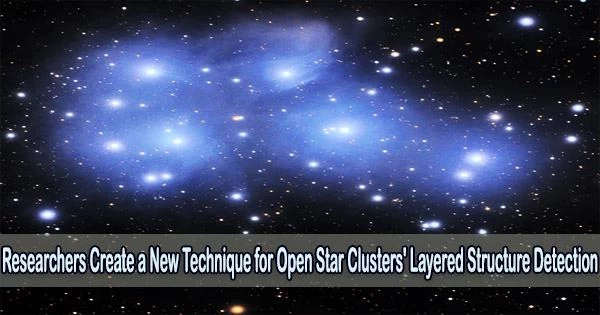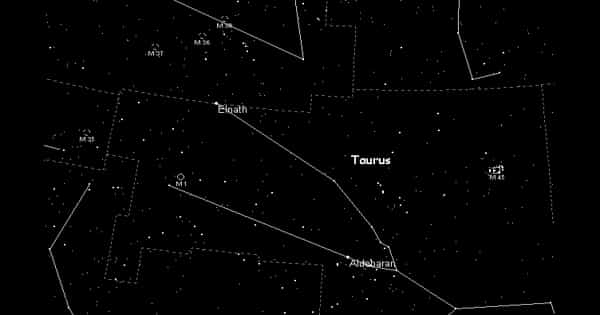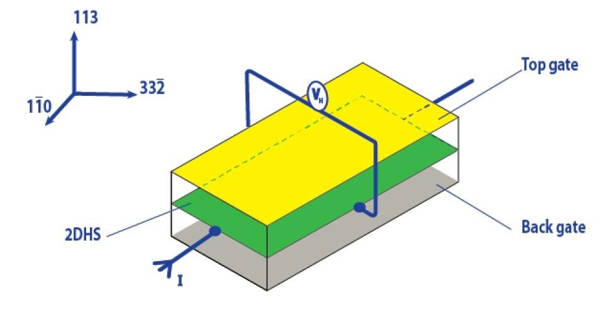The morphological study of open clusters can help to understand the evolution of star clusters and provide observable evidence for tracking their genesis mechanism. Star clusters are groups of stars that are gravitationally bound together. They are fascinating objects in astronomy and can be found in different forms and sizes throughout the universe. There are two main types of star clusters: open clusters and globular clusters.
On the two-dimensional (2D) projection planes, the morphology of open clusters largely follows the core-shell structure. It is unknown, nevertheless, if this layered structure really does exist in three-dimensional (3D) space.
Recently, researchers from the Xinjiang Astronomical Observatory (XAO) of the Chinese Academy of Sciences proposed a rose diagram overlaying method based on Gaia data to study the 3D layered structure of open cluster samples within 500 parsec (pc) near the sun.
The findings demonstrated that the suggested technique could quantitatively represent the shape of open star clusters and could help the identification of the three-dimensional (3D) structure of open cluster samples. The technique might be crucial in the structural classification of open clusters. The study was published in Astronomy and Astrophysics.
The open clusters’ unpredictable morphology was quantitatively represented by the researchers using rose diagrams on three projection surfaces in three dimensions. Each open cluster sample was given a synthetic rose diagram by overlay, and the presence of a stable core circle in the composite diagram served as a telltale sign of a sample’s 3D layered structure.
They discovered that an open cluster had a 3D layered structure if a stable inner circle emerged in the overlay rose diagram of the cluster. Additionally, they identified the fundamental properties of the 3D layered structure, such as the unstable kernel area, irregular nuclear region, circle core area, and layered structure’s unstable parameters.
They discovered through statistical analysis that there was a significant negative correlation between the number of its own member stars and the irregular nuclear region of the layered structure of the open cluster sample, whereas the circle core area of the open cluster sample maintained a relatively significant positive correlation with the number of its own member stars.
Astronomers study the properties of individual stars within clusters to understand their formation and evolution processes. Additionally, star clusters serve as excellent laboratories for testing theories of stellar evolution and the measurement of distances in the universe.
This work is the first to use the rose diagram overlaying technique to investigate the 3D layered structure of open star clusters. We still need to learn more about the physical processes that give star clusters its 3D layered structure as well as the circumstances under which it forms.
















